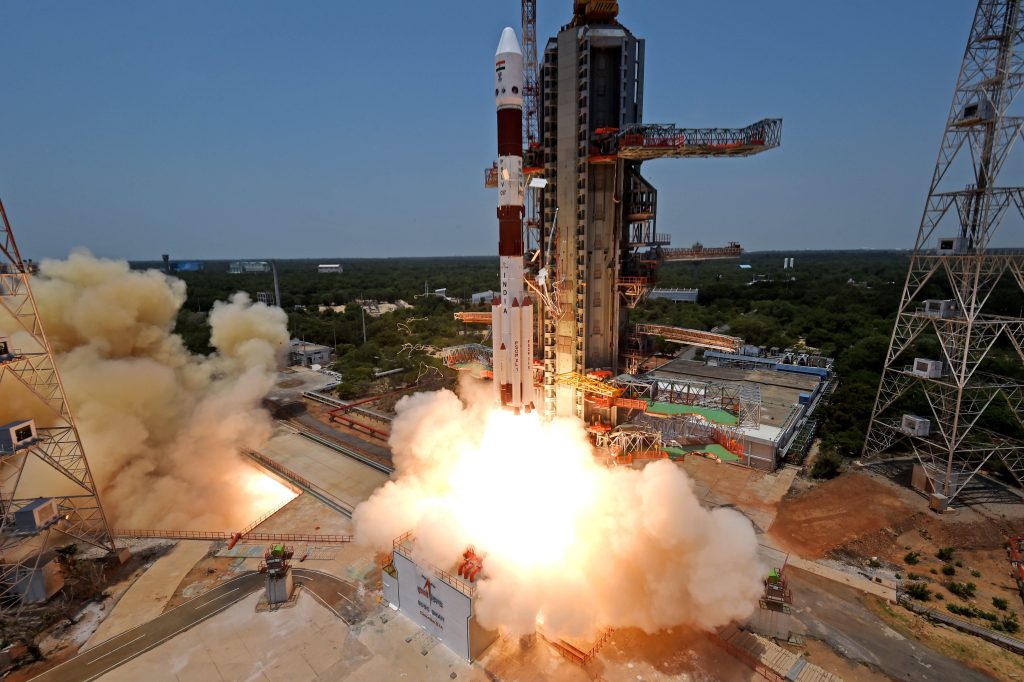Just days after celebrating the success of its lunar mission, Chandrayaan-3, the Indian Space Research Organisation (ISRO) has launched another groundbreaking expedition. This Saturday, the organization successfully deployed its ambitious Solar mission, Aditya-L1, aiming to expand India’s footprint in space science.

The 44.4-meter tall Polar Satellite Launch Vehicle (PSLV) lifted off from the spaceport located 135 km from Chennai on the Eastern coast, as the clock hit the predetermined time of 11:50 a.m. This event marked the end of a 23:40-hour countdown leading up to the historic launch.

A First-of-Its-Kind Solar Observatory
According to ISRO, Aditya-L1 represents a new frontier in space science as the world’s first space-based observatory dedicated to studying the Sun. The spacecraft is set to travel 1.5 million km away from Earth over a span of 125 days, ultimately positioning itself in a Halo orbit around the Lagrangian point L1, the closest stable point to the Sun in the Earth-Sun system.
The Mission’s Scientific Goals
Aditya-L1 will carry out a multitude of tasks including sending images of the Sun back to Earth for scientific research. Scientists explain that there are five Lagrangian points between Earth and the Sun where gravitational forces create ‘parking spots’ for objects, allowing them to remain in a relatively stable position with reduced fuel consumption.
A Pioneering Mission
The PSLV-C57/Aditya-L1 mission is considered one of the longest missions for ISRO’s trusted launch vehicle, the PSLV. However, the longest mission to date still remains the PSLV-C35 mission from 2016, which was completed two hours, 15 minutes, and 33 seconds after lift-off.

Journey Ahead
After its launch, Aditya-L1 will remain in Earth-bound orbits for the next 16 days. During this period, it will execute five manoeuvres designed to accelerate it to the necessary speed for its epic journey toward the Sun.
This launch adds another feather in the cap for ISRO, which continues to make significant strides in space exploration. As the world watches, Aditya-L1 is expected to revolutionize our understanding of the Sun and contribute to the global body of knowledge in space science.





